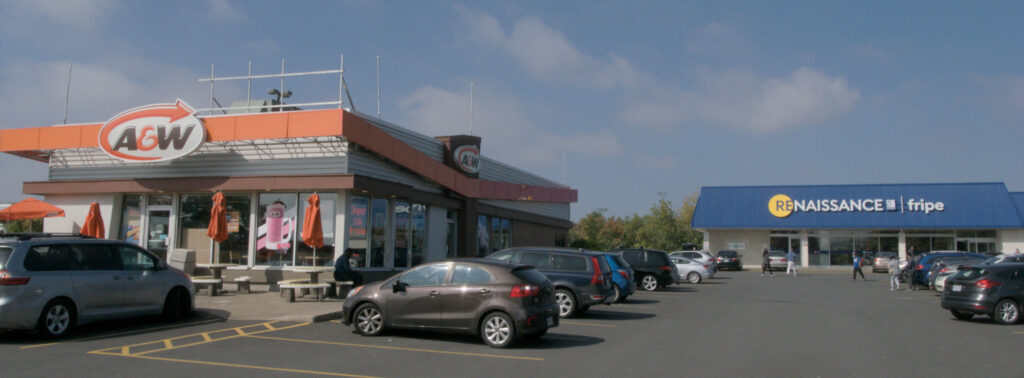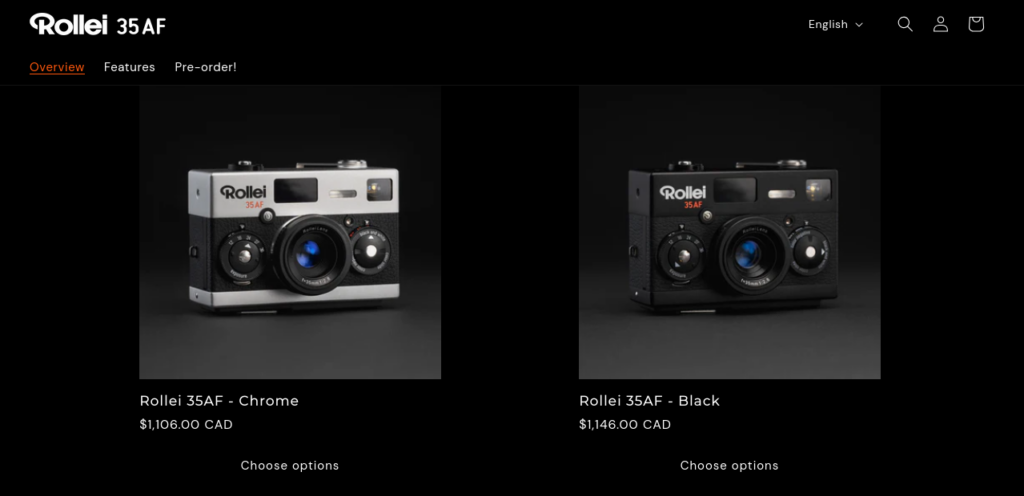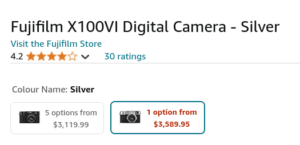After a week of rumors, Monday 14 October 2024 set as the date by Fujifilm for the X-Summit, and an announcement about some firmware updates, we now know about the Fujifilm X-M5.
The X-M5 is the smallest Fujifilm X body. Without viewfinder, but a tilt screen, it is geared towards “creators” — think of it as a video camera. It presents as the inexpensive video body in the Fujifilm X lineup, a market cornered mostly by Sony, Panasonic and Canon. The Panasonic S9 is a prime example albeit at a much higher price point.
The X-M5 doesn’t have IBIS (In Body Image Stabilizer), however it has electronic stabilization for video, a system which dampen the camera motion shake at the price of a 1.33 crop. With 26.1 megapixels, it uses the older X-Trans 4 image sensor, albeit with the 5th generation X-processor. It uses the NP-W126S batteries (that’s the smaller ones as found on the X-Pro and earlier X-T), has a mic and headphone jacks, and HDMI Micro.
On the controls, I’m just skeptical of the film simulation dial. Why a dedicated dial for this? I just hope it can be reconfigured to something more useful.
The camera comes either body only or with a kit lens XC 15-45mm f/3.5-5.6 OIS PZ, the most compact zoom lens in the line. The OIS helps with the lack of IBIS. And two colours: silver or black, the latter being for April 2025.
The MSRP for the X-M5 is to be €899 / £799 body only. Add 100 in either currency for the XC 15-45 zoom in kit. Canadian price is CAD1079 body only, and CAD1199 with the 15-45.
Other announcements today included the XF 16-55mm f/2.8 R LM WR II zoom lens, an update to the previous model, and the XF 500mm f/5.6 R LM OIS WR telephoto lens.


